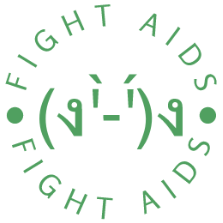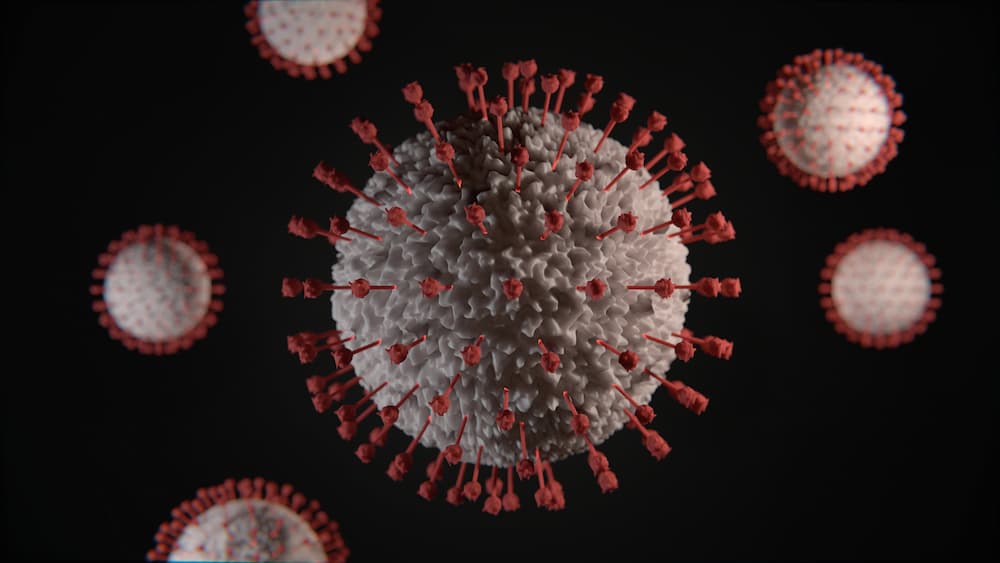“Swine Flu”
1) “Swine Influenza” is the conventional name for a viral infectious disease of humans that originally spread among domestic pigs (in 2009 in Mexico and the United States). The virus is transmitted by household and airborne droplets and causes the typical symptoms of influenza and SARS – cough, headache, fever, vomiting, diarrhea, runny nose. The most dangerous complications, primarily pneumonia. “Swine flu” refers to the most common influenza type A and combines subtypes H1N1 (the most common), H1N2, H3N1, H3N2 and H2N3. The most reliable way to avoid contracting “swine flu” is seasonal vaccination. Fast casinos here.
In 1957-1958 the H2N2 virus led to a pandemic, then infected 20% to 50% of the world’s population and killed from 1 million to 4 million people, with the flu most often affecting children. Another pathogen, the H3N2 virus, caused an epidemic in 1968-1969, the first cases of which were recorded in Hong Kong. The disease spread worldwide, killing up to 4 million people. A significant outbreak of the H1N1 virus occurred in 2009-2010. According to WHO, then the pandemic affected 30% of the world’s population in 214 countries, killing more than 18,000 people.
It is believed that one of the types of “swine flu” was the so-called Spanish flu – an epidemic in 1918-1919, which spread around the world from Spain. More than 500 million people became ill and between 20 million and 50 million died. This is the most massive pandemic in the history of mankind in terms of the number of deaths.
2)Ebola
Ebola virus disease (EVD) affects humans and some species of animals. The virus was first recorded in 1976 in Zaire (now Democratic Republic of Congo, DR Congo), in a village on the banks of the Ebola River, hence the name. It is believed that bats were originally carriers of the virus. It is transmitted to humans from wild animals and spreads from human to human through close contact through mucous membranes or lesions on the skin. The disease is manifested by fever, jaundice, hemorrhagic syndrome, and renal failure. The incubation period varies from 2 to 21 days. During outbreaks the mortality rate reaches 90%. Specialists distinguish five varieties of the virus: Bundibugio (BDBV), Zaire (EBOV), Sudan (SUDV), Thailand Forest (TAFV), Reston (RESTV; affects only animals).
Outbreaks have been reported in DR Congo in 1976, 1995, and 2007, in Sudan in 1976, in Uganda in 2000, and in the Republic of Congo in 2003. The epidemic that killed the most people in 2013-2016 was in Guinea, Sierra Leone, and Liberia. Cases were also reported in Mali, Nigeria, Senegal, Spain, the United Kingdom, Italy, and the United States. According to the WHO, since the beginning of this epidemic, about 30,000 people have been infected and 11,300 people have died. In 2018-2019, outbreaks were intermittent in DR Congo (3,400 people infected, 2,300 deaths).
3) AIDS
Acquired immunodeficiency syndrome (AIDS) is a disease that develops when infected with the human immunodeficiency virus (HIV). The virus affects the immune system and weakens the body’s defense against infections and disease. HIV can be transmitted through sexual contact, transfusions of contaminated blood, use of contaminated needles or sharp instruments, and from mother to child during pregnancy, childbirth and breastfeeding. AIDS can develop 2 to 15 years after infection. There is no cure for HIV infection. However, with antiretroviral treatment, the virus can be controlled, preventing transmission, and lessening its devastating effects on the body.
Some scientists believe that HIV was transmitted from monkeys to humans as early as the 1920s. The first victim of the disease was presumably a man who died in the Congo in 1959 (doctors came to this conclusion after analyzing his medical history). For the first time, the symptoms of the disease characteristic of HIV infection were described in June 1981 in the United States. In 1983, researchers from the U.S. and France described a virus that could cause HIV/AIDS. Minimum deposit casinos here.
According to the Joint United Nations Programme on HIV/AIDS, there were about 37.9 million people with HIV worldwide in 2018, of whom 1.7 million were children under the age of 15. The worst-affected region is East and Southern Africa, where about 20.6 million infected people live. The number of new HIV infections has decreased by 40% compared to 1997, when the figure peaked, from 2.9 million to 1.7 million. In Russia, since 1987, when the first case was detected, until June 30, 2019, 1.38 million HIV infections among Russian citizens were registered, of which 335,867 people died.

